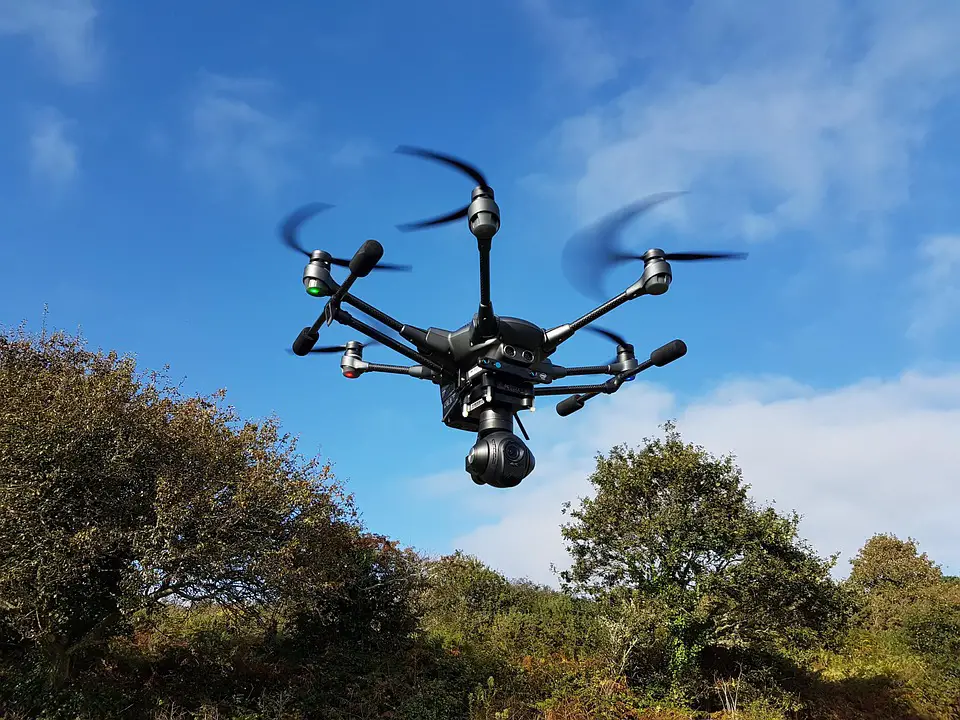Introduction to Linux
Linux is an open-source operating system that has gained immense popularity over the years. It is known for its robustness, security, and flexibility. Linux powers servers, desktops, and even embedded systems, making it a versatile choice for users ranging from beginners to advanced professionals. This report aims to guide beginners in mastering Linux by providing detailed insights into its features, installation processes, command-line usage, and more.
Understanding Linux Distributions
Linux comes in various distributions (distros), each tailored for specific needs. Some popular distributions include:
– **Ubuntu**: Known for its user-friendly interface, making it ideal for beginners.
– **Fedora**: A cutting-edge distro that includes the latest features and technologies.
– **Debian**: Renowned for its stability and extensive package management.
– **CentOS**: A community-driven project derived from Red Hat Enterprise Linux, popular in server environments.
Choosing the right distribution is crucial for beginners, as it can significantly impact the learning curve.
System Requirements for Linux
Before installing a Linux distribution, it is vital to check the system requirements. While these requirements vary by distribution, a general guideline includes:
– **Processor**: Minimum of 1 GHz CPU.
– **RAM**: At least 1 GB (2 GB recommended).
– **Storage**: Minimum of 10 GB free disk space.
– **Graphics**: Graphics card capable of 800×600 resolution.
These requirements ensure that Linux runs smoothly on your hardware.
Installing Linux
The installation process can vary depending on the chosen distribution. Here is a general step-by-step guide to installing Ubuntu, one of the most beginner-friendly distributions:
Step 1: Download the ISO File
Visit the official Ubuntu website and download the latest ISO file. Ensure you choose the correct version (Desktop or Server) based on your needs.
Step 2: Create a Bootable USB Drive
Use software like Rufus (for Windows) or Etcher (cross-platform) to create a bootable USB drive. Select the downloaded ISO file and your USB drive in the software, then start the process.
Step 3: Boot from USB
Insert the USB drive into your computer and restart it. Access the BIOS/UEFI settings (usually by pressing F2, F10, or DEL) to change the boot order, ensuring the USB drive boots first.
Step 4: Install Ubuntu
Follow the on-screen instructions to install Ubuntu. You will be prompted to select your language, keyboard layout, and installation type (e.g., Erase disk and install Ubuntu or Install alongside another operating system).
Step 5: Complete the Installation
After installation, remove the USB drive and reboot your system. You will be greeted with the Ubuntu login screen, where you can log in and start exploring.
Getting Familiar with the Linux Desktop Environment
Once installed, familiarize yourself with the Linux desktop environment. Different distributions come with different desktop environments (DE). Ubuntu uses GNOME, while others may use KDE, XFCE, or LXDE.
Key Components of the Desktop
1. **Taskbar**: Displays running applications and system notifications.
2. **Applications Menu**: Provides access to installed applications.
3. **File Manager**: Allows users to browse files and directories.
4. **System Settings**: Where you can adjust system preferences.
Understanding these components is essential for effective navigation.
Mastering the Command Line Interface (CLI)
While the graphical interface is user-friendly, the command line interface (CLI) is where Linux truly shines. Mastering the CLI is crucial for performing advanced tasks. Here are some basic commands to get started:
Basic Commands
– **ls**: Lists files and directories in the current directory.
– **cd**: Changes the current directory. For example, `cd Documents` moves to the Documents folder.
– **cp**: Copies files. For example, `cp file.txt /home/user/` copies file.txt to the user’s home directory.
– **mv**: Moves or renames files. For example, `mv oldname.txt newname.txt` renames a file.
– **rm**: Removes files. Be cautious, as this action is irreversible.
File Permissions
Understanding file permissions is crucial in Linux. Every file and directory has three types of permissions:
1. **Read (r)**: Allows reading the file or directory.
2. **Write (w)**: Allows modifying the file or directory.
3. **Execute (x)**: Allows executing the file as a program.
You can view permissions using the `ls -l` command and change them with the `chmod` command. For example, `chmod 755 filename` changes the permissions of a file.
Package Management in Linux
Each Linux distribution uses a package manager to handle software installation and updates. Here’s a look at some popular package managers:
– **APT (Advanced Package Tool)**: Used by Debian-based distributions like Ubuntu. Common commands include `sudo apt update` to refresh the package list and `sudo apt install package-name` to install software.
– **DNF (Dandified Yum)**: Used by Fedora and CentOS. Similar commands include `sudo dnf install package-name`.
– **YUM (Yellowdog Updater Modified)**: Used by older versions of CentOS and Red Hat.
Understanding how to manage packages is essential for keeping your system up to date.
Linux File System Hierarchy
Linux uses a unique file system hierarchy that differs from Windows. Here are some key directories:
– **/**: The root directory where the file system begins.
– **/home**: Contains user home directories.
– **/etc**: Configuration files for the system.
– **/var**: Variable files, such as logs and databases.
– **/usr**: User programs and utilities.
Familiarity with this structure is vital for effective file management.
Networking and Connectivity
Understanding networking in Linux is essential, especially if you plan to use it in server environments. Here are some basic networking commands:
– **ifconfig**: Displays network interface configuration.
– **ping**: Tests connectivity to another network host.
– **ssh**: Securely connects to another machine over the network. For example, `ssh user@hostname` allows you to log into a remote server.
Learning Resources for Linux Beginners
To master Linux, leveraging the right resources is crucial. Here are some recommended resources:
Online Courses
1. **Coursera**: Offers various Linux courses, including those from top universities.
2. **edX**: Provides free courses on Linux fundamentals.
3. **Udemy**: Features budget-friendly courses focused on practical Linux skills.
Books
1. **”Linux Basics for Hackers” by OccupyTheWeb**: A great introduction to Linux with a focus on security.
2. **”The Linux Command Line” by William E. Shotts, Jr.**: An excellent resource for mastering the command line.
Community Forums
Participating in forums and communities can further enhance your learning. Some popular platforms include:
– **Stack Overflow**: Great for troubleshooting and asking questions.
– **LinuxQuestions.org**: A dedicated forum for Linux users.
Conclusion
Mastering Linux as a beginner may seem daunting initially, but with the right resources and dedication, anyone can become proficient. By understanding the installation process, mastering the command line, and utilizing package management effectively, users can unlock the full potential of Linux. Embrace the learning journey, explore various distributions, and engage with the vibrant Linux community to enhance your skills further.

